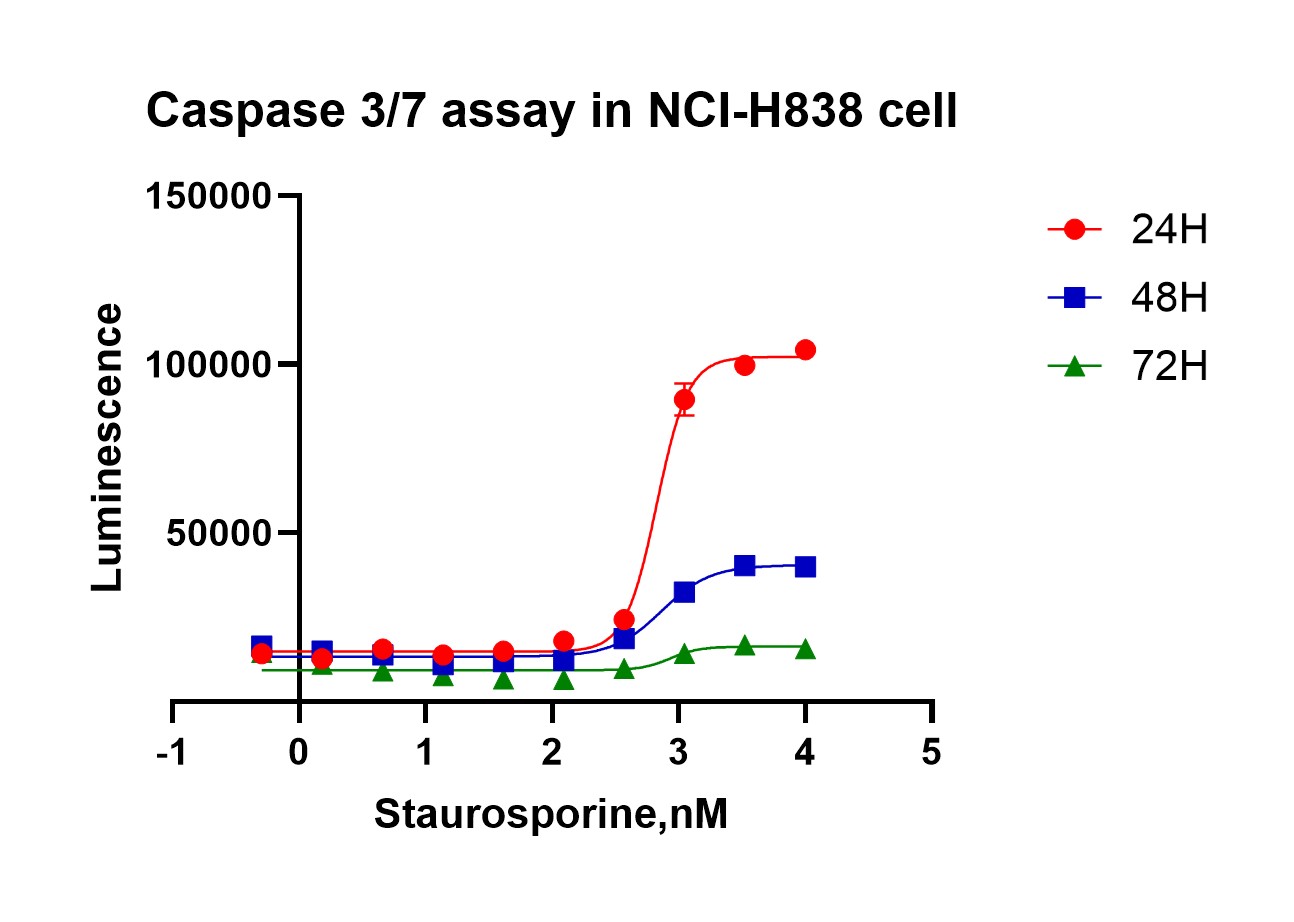Apoptosis, or programmed cell death, is a vital process in maintaining cellular homeostasis and preventing the development of diseases such as cancer. Understanding and measuring apoptosis is crucial for various fields of research, including cancer biology, drug development, and toxicology. Our Cell Apoptosis Assay services provide precise and reliable methods for detecting apoptosis through two key approaches: Annexin V Staining and Caspase 3/7 Assays.
Annexin V Staining is one of the most widely used methods for detecting early stages of apoptosis. This assay capitalizes on the translocation of phosphatidylserine (PS) from the inner leaflet of the plasma membrane to the outer leaflet, which is an early marker of apoptosis.
How It Works:
Principle: In healthy cells, PS is located on the cytoplasmic side of the plasma membrane. During early apoptosis, PS flips to the outer surface of the membrane, where it becomes accessible to Annexin V, a protein with high affinity for PS. Annexin V binding to PS can be detected using flow cytometry, allowing for the identification of apoptotic cells.
Dual Staining: To differentiate between apoptotic and necrotic cells, Propidium Iodide (PI) is often used in conjunction with Annexin V. PI only penetrates cells with compromised membranes, which are typically in late apoptosis or necrosis. Thus, Annexin V+/PI- cells are early apoptotic, while Annexin V+/PI+ cells are either late apoptotic or necrotic.

Caspase 3/7 Activity Assay focuses on detecting the activity of caspase-3 and caspase-7, the key executioner enzymes in the apoptosis process. These caspases are responsible for the cleavage of various substrates that lead to the systematic breakdown of cellular components, including DNA fragmentation and nuclear condensation.
How It Works:
Principle: Upon initiation of apoptosis, caspase-3 and caspase-7 are activated and cleave specific substrates. The Caspase 3/7 Assay uses a luminescent or fluorescent substrate that is cleaved by these active caspases, releasing a detectable signal that is proportional to the amount of apoptosis occurring in the cell population.
Execution Phase Detection: Unlike Annexin V, which detects early apoptosis, the Caspase 3/7 Assay is more focused on the execution phase of apoptosis, providing insight into the later stages of the apoptotic process.

We value your inquiries and are here to provide you with tailored solutions for your drug discovery and development needs. Whether you have questions, require more information, or are interested in discussing potential collaborations, our team of experts is just a message away.
Feel free to reach out to us.